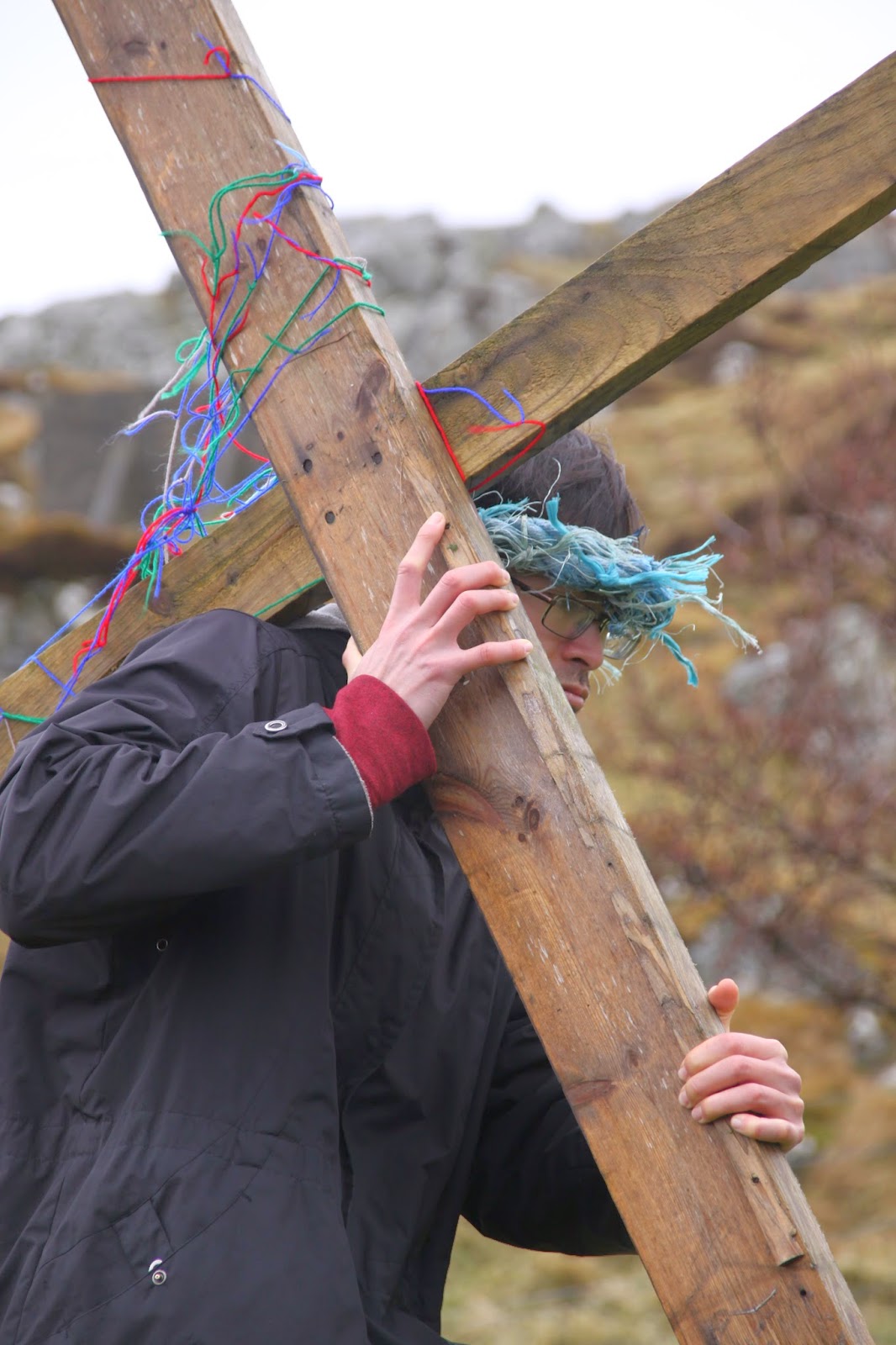I
am Currently Priest in Charge of Sacred Trinity Trinity and St Philip’s,
Salford. I’m also Borough Dean of Salford and Chair of the house of
Clergy. I count it a privilege to have
been elected to represent the diocese on General Synod 5 years ago and during
that time I have been elected onto Archbishop’s Council’s Finance Committee and
am also serving on the committee of the Church and Community Fund.
I
was ordained in Manchester 27 years ago and some might suggest that I’m not
very adventurous in still being here. I’d like to think that I’m someone who is
passionately committed to the urban church and understands the need for
commitment and longevity of service. Although I’m originally a southerner, half
my life has been spent in Salford and Manchester and I have been passionate in
speaking up for the urban, northern church. We face challenging times in the
church. In many parishes congregations are getting older and smaller. It is
vital that we address the problems and find ways to increase stipendiary
vocations and grow stronger churches. We need to ensure that this is done in a
way that is culturally and contextually appropriate and not in a way that is
imposed from London. This will mean some tough decisions and so for example not
all of our current church buildings will survive. We can’t just bury our head in the sand and
hope the problem will go away. Ultimately it is God that brings growth but we
need to be attentive to what God is telling us. I bring insights from 27 years
of inner city ministry and now have experience of ministering in growing
churches in a community that is predominantly people in their 20s and 30s. It
is essential that we engage this younger generation in church life and although this
isn’t easy it is possible.
I
am passionately committed to the church being inclusive and voted for the
legislation to allow women to be bishops. I am nervous of the discussions that
we will have on sexuality but believe the church must be able to find a way to
recognize and value the ministry of the gay community, both lay and ordained.
I
have 10 years experience as a Labour Party councilor on Salford City Council
and this gives me additional insights that I can bring to the role. I’m not
easily pigeon holed and haven’t joined any of the particular groups on synod
such as the Evangelical, Open Church or Catholic groups. I enjoy insights from
the various traditions in the church and hope to listen for the voice of God in
the mix that we are.
I
hope that you might be able to support me to represent our diocese on General
Synod again. I am of course very happy to talk more if you want to contact me.
Yours
hopefully,
Andy
Andy Salmon
6
Encombe Place, Salford, M3 6FJ
Landline:
0161-834 2041
Mobile:
07990 585037
Email:
andy@salfordchurch.org
Twitter: @salfordrev
web: www.Salfordchurch.org



























